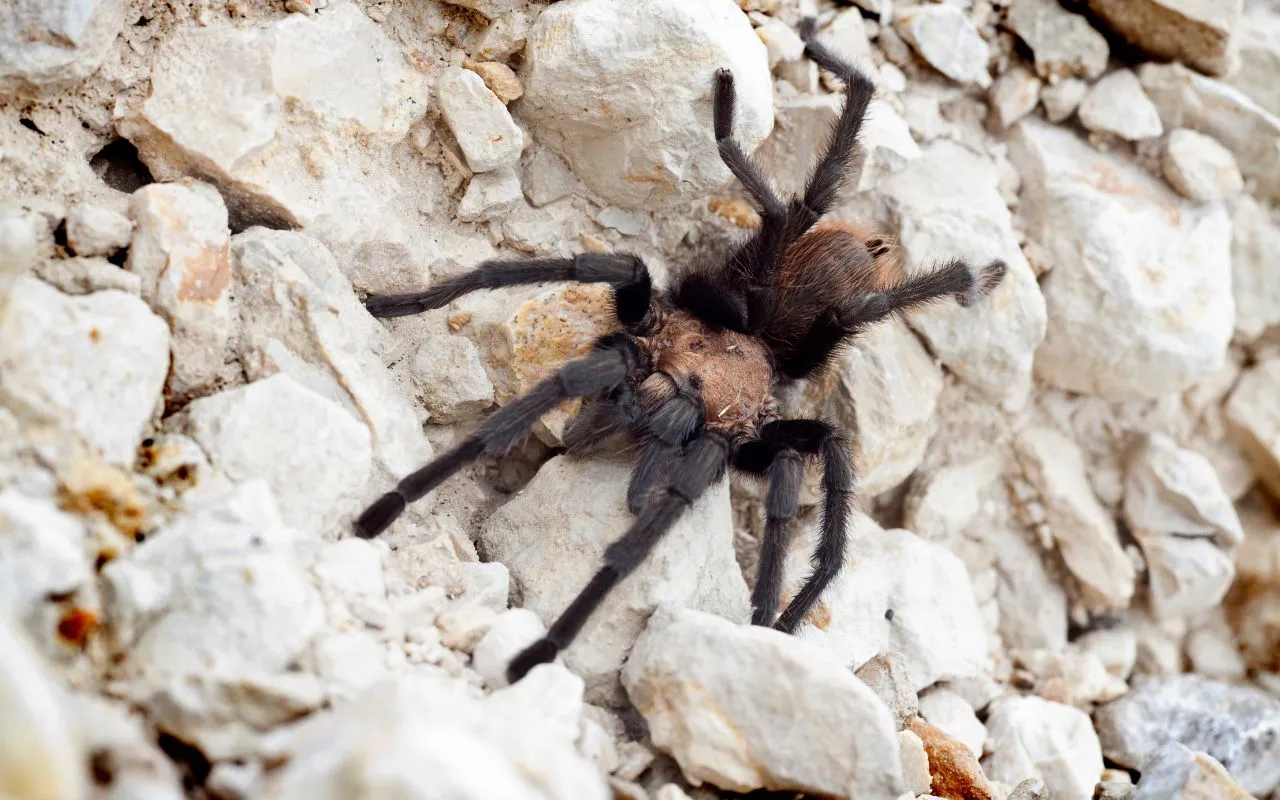Texas Tan Tarantula Size Guide
The Texas Tan Tarantula (Aphonopelma hentzi) is a fascinating creature, and one of the most common questions asked by potential owners is How big do they get? This comprehensive guide will delve into the various aspects of their size, from the average dimensions to the factors that influence their growth. Understanding the size of your Texas Tan Tarantula is crucial for providing the right habitat, ensuring its health, and appreciating its unique characteristics. Whether you’re a seasoned arachnid enthusiast or a curious beginner, this guide will provide valuable insights into everything related to the size of these captivating spiders.
Understanding Texas Tan Tarantula Size
When we talk about the size of a Texas Tan Tarantula, we’re primarily referring to its leg span, which is the distance from the tip of one leg to the tip of the opposite leg when the spider is fully extended. The body length, measured from the front of the cephalothorax (the combined head and chest) to the end of the abdomen, is also important, but the leg span gives a better overall sense of the spider’s size and visual impact. It’s also important to remember that tarantulas, like other spiders, don’t have bones. Their bodies are supported by an exoskeleton, which they shed as they grow. This process, called molting, allows them to increase in size.
Average Size of a Texas Tan Tarantula
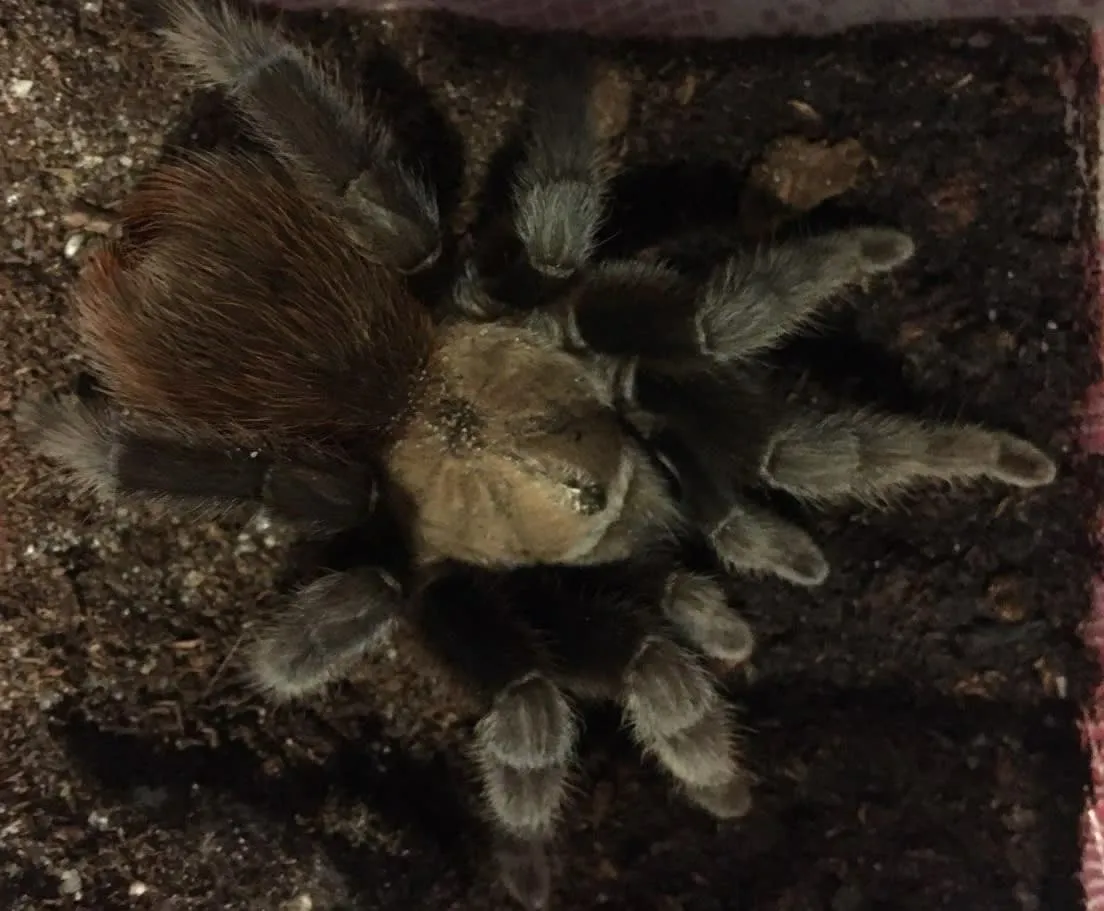
On average, adult Texas Tan Tarantulas have a leg span of about 4 to 6 inches. However, this can vary depending on several factors, which will be discussed in the next sections. Females tend to be slightly larger than males, and can sometimes reach the upper end of this size range. The body length usually falls within 2 to 3 inches. It’s worth noting that these are just averages, and individual spiders may fall outside of this range. The size of the Texas Tan Tarantula, while not the largest tarantula species, is impressive and makes them a captivating sight in any collection. The image below shows the size comparison of a Texas Tan Tarantula and the hand.
In the realm of pet ownership, understanding the growth trajectory of your Texas Tan Tarantula is essential for ensuring its well-being. This involves not only knowing its current dimensions but also anticipating its future size. Regular measurements and observations, combined with an awareness of the influencing factors, empower owners to provide the best possible care. Proper housing, feeding, and environmental conditions are crucial for the spider’s health and development, making size awareness a cornerstone of responsible tarantula ownership.
Size Variation Factors
Several factors can influence the size of a Texas Tan Tarantula. Understanding these factors can help you predict the potential size of your tarantula and provide appropriate care. Genetics play a significant role; some tarantulas may simply be predisposed to grow larger or smaller than average. The diet, specifically the type and amount of food the tarantula consumes, greatly impacts its growth. A consistent, nutritious diet will promote healthy development. Environmental conditions, such as temperature and humidity, also contribute to the spider’s molting frequency and overall size. Proper care and an understanding of these factors can help to promote a happy and healthy tarantula.
Age and Growth
Tarantulas grow throughout their lives, but their growth rate is most rapid during their younger years. As they molt, they shed their exoskeleton and reveal a new, larger one. The frequency of molting decreases as the tarantula matures. Young tarantulas may molt several times a year, while adult tarantulas, especially males, might only molt once a year or less. The number of molts and the size increase with each molt contribute to the overall size of the spider. The rate of growth slows down significantly as they reach adulthood. Understanding the molting process and growth stages provides valuable insights into the spider’s development and health.
Diet and Nutrition
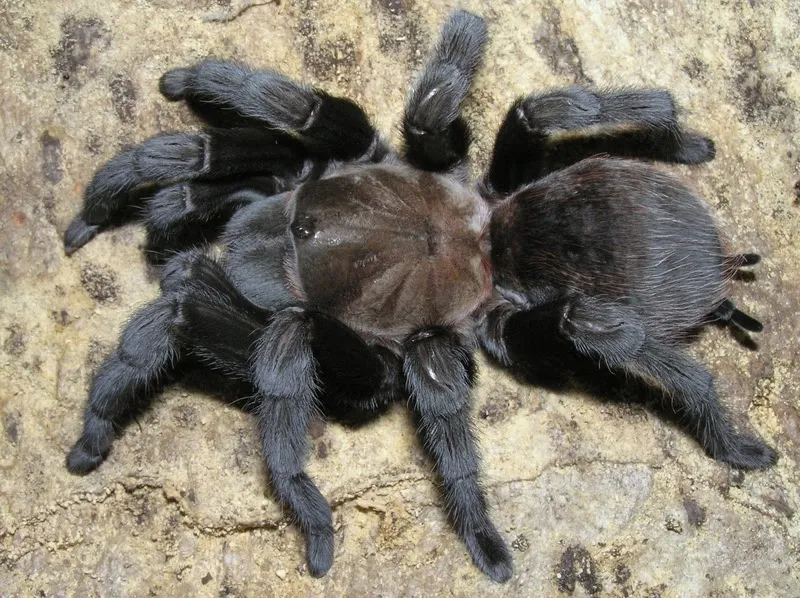
A well-balanced diet is critical for the size and health of a Texas Tan Tarantula. Feeding your tarantula a variety of insects, such as crickets, mealworms, and roaches, is essential. The size of the prey should be appropriate for the tarantula’s size; the rule of thumb is to offer food items no larger than the spider’s body length. Overfeeding can lead to health problems, while underfeeding can stunt growth. Ensure that the prey is gut-loaded (fed nutritious food) before offering it to the tarantula, providing the spider with essential nutrients. Monitoring your tarantula’s feeding habits will help you provide the right amount of food for optimal growth. The image below provides examples of proper diet for the tarantula.
Environmental Conditions
Environmental factors also play a key role in influencing the tarantula’s size. Providing the appropriate temperature and humidity levels is essential for their health and molting process. Texas Tan Tarantulas thrive in temperatures ranging from 75 to 85 degrees Fahrenheit and humidity levels of 60-70%. An inadequate environment can cause stress, which can lead to a variety of health problems. Proper substrate is also important. The right substrate helps to maintain humidity levels and provides a suitable environment for the tarantula. The image below represents a proper habitat for the tarantula.
Comparing Texas Tan Tarantulas to Other Tarantulas
Compared to other tarantula species, the Texas Tan Tarantula falls into the mid-size range. While some species, like the Goliath Birdeater (Theraphosa blondi), can have leg spans of up to 12 inches, the Texas Tan Tarantula is more manageable for most keepers. Their size makes them a good choice for both beginners and experienced keepers. Their relatively docile temperament and moderate size make them attractive to many. Different species have unique characteristics, but the Texas Tan Tarantula offers a balance of beauty and manageable size.
Size Comparison with Other Species
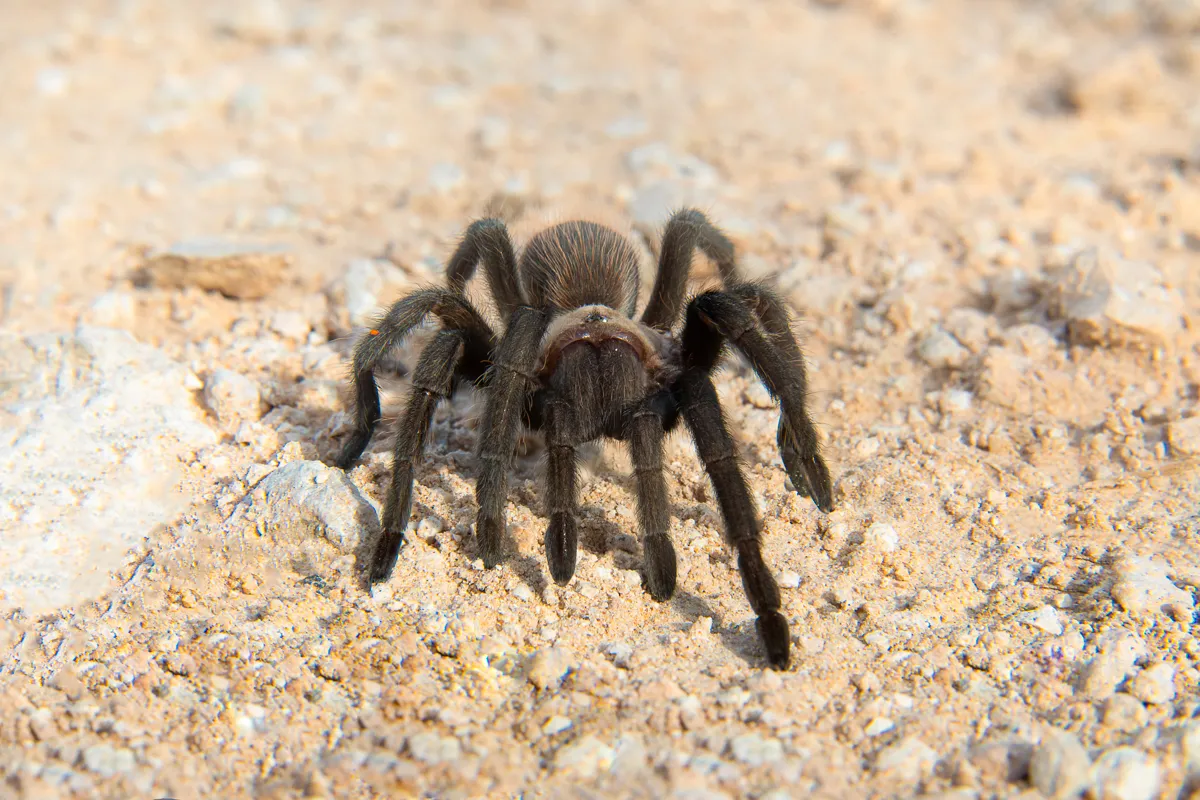
When comparing the Texas Tan Tarantula with other popular pet tarantulas, such as the Chilean Rose Hair (Grammostola rosea), you’ll notice that the Texas Tan Tarantula is often slightly larger. The Chilean Rose Hair typically has a leg span of around 5 inches. The size comparison can be a key factor when choosing a tarantula. Some keepers prefer smaller species for ease of care, while others are drawn to the impressive size of the larger species. The comparison is based on the maximum leg span to demonstrate the real size.
Benefits of Knowing the Size of Your Tarantula
Knowing the size of your Texas Tan Tarantula is crucial for several reasons. It helps you determine the appropriate size of the enclosure, ensuring the tarantula has enough space to move around and thrive. A properly sized enclosure reduces stress and allows the tarantula to exhibit its natural behaviors. This also helps you provide the appropriate diet and feeding schedule, so you can ensure the tarantula receives enough nutrients. Finally, it allows you to identify potential health issues related to overfeeding or improper care. The image below shows how to handle your tarantula.
Proper Habitat Setup
The size of your Texas Tan Tarantula determines the size of its enclosure. A general rule is to provide an enclosure that is at least twice the spider’s leg span in width and length. The enclosure should have proper ventilation and include a substrate like coconut fiber or peat moss to maintain humidity. Provide a water dish and a hide, such as a piece of cork bark, for the tarantula to retreat to. The enclosure should be secure to prevent the tarantula from escaping. An improperly sized habitat leads to stress and decreased quality of life. It is very important to have a habitat that is right for the spider.
Feeding and Care
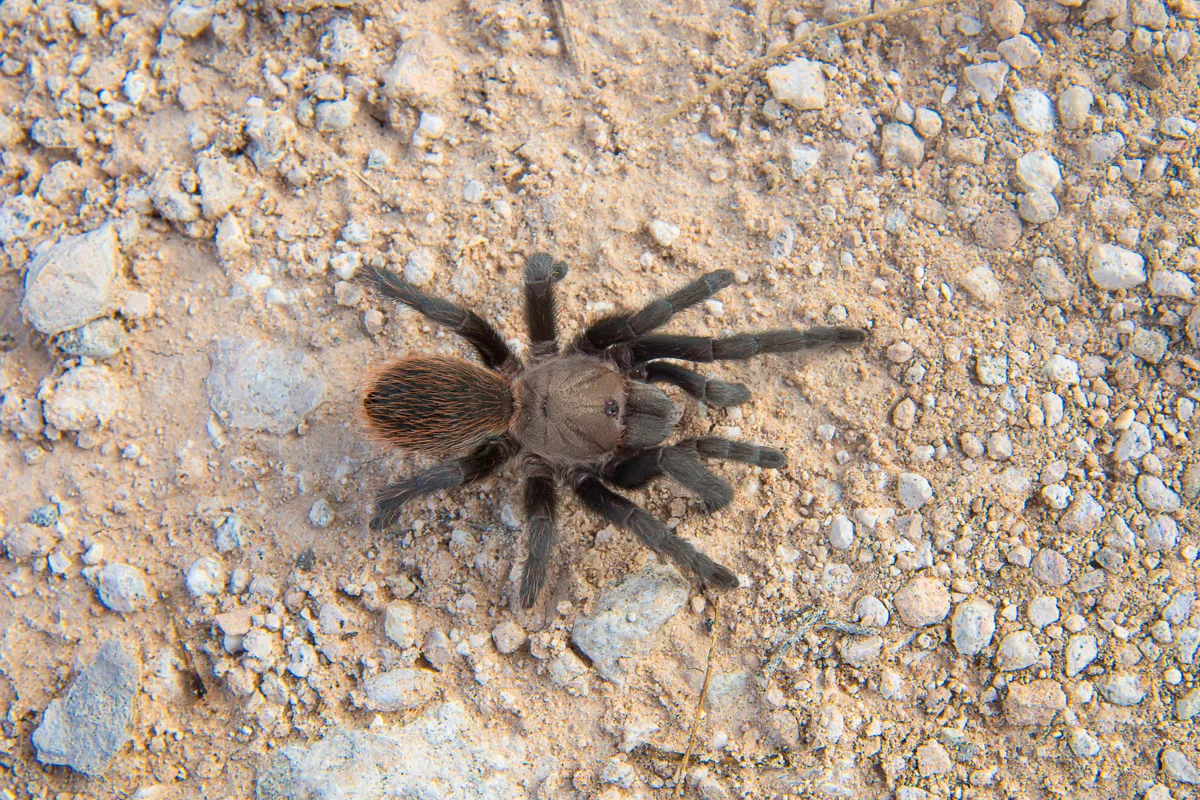
Feeding your Texas Tan Tarantula properly is critical. Feed them insects, like crickets or mealworms, that are approximately the size of their body. The feeding schedule depends on the tarantula’s age and size; young tarantulas may need to be fed more frequently than adults. Always remove uneaten prey to prevent stressing the tarantula. Provide fresh water in a shallow dish. It’s important to note the tarantula’s behavior when feeding. If it doesn’t eat, there may be a problem with its health. Make sure the food is adequate for the spider.
Potential Health Issues Related to Size
The size of your tarantula can also reveal potential health issues. Underfeeding can lead to stunted growth, while overfeeding can cause obesity and other health problems. A tarantula that is not growing as expected may indicate an issue with its diet, environment, or overall health. Regular monitoring of your tarantula’s size and behavior can help you detect potential problems early on. If you notice any unusual changes, such as a lack of appetite or lethargy, consult a veterinarian experienced in treating invertebrates. A health inspection should be done to avoid potential issues. The image below can help detect potential issues.
Conclusion Know the Texas Tan Tarantula Size
Understanding the size of a Texas Tan Tarantula is an essential part of responsible pet ownership. From providing the right habitat to ensuring proper nutrition, knowing your tarantula’s size helps you to provide optimal care. By considering the factors that influence size and monitoring your tarantula’s growth, you can provide the best possible environment for your pet to thrive. Remember that each tarantula is unique, and with proper care, your Texas Tan Tarantula can bring you many years of enjoyment. Caring for a tarantula is a rewarding experience.
